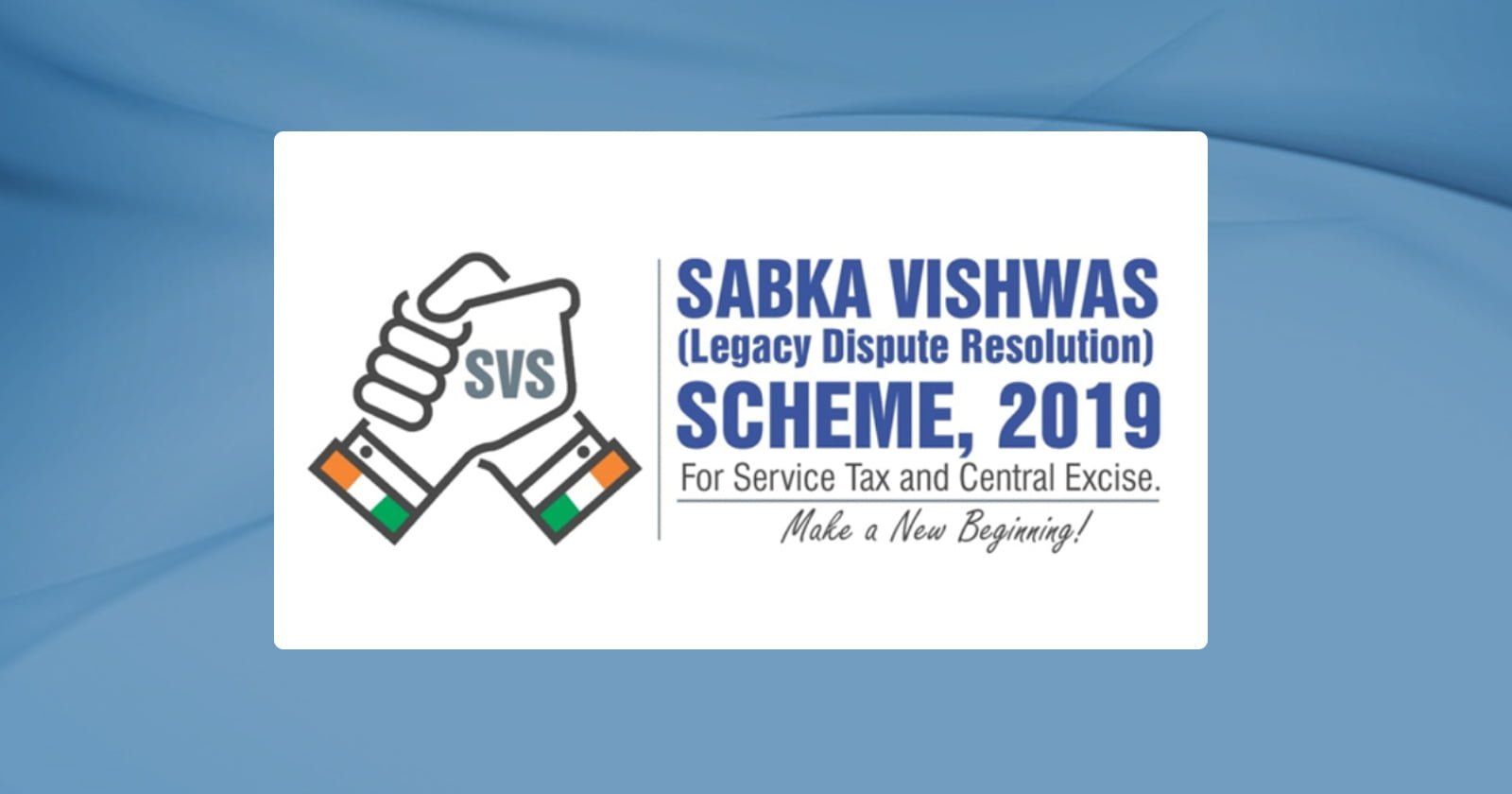✅ Introduction
The Bombay High Court recently delivered a pivotal verdict in Kaarya Facilities & Services Ltd vs Union of India, confirming that assessing taxpayer eligibility for the Sabka Vishwas (Legacy Dispute Resolution) Scheme (SVLDRS) 2019 hinges on whether tax liability was quantified by 30 June 2019. This decision provides clarity and hope to many taxpayers who filed early estimates, only to be later rejected. At Manika TaxWise, we break down what it means, why it matters, and how you can benefit.
📄 Background of the Case
-
What is SVLDRS?
Launched in 2019, SVLDRS aimed to resolve legacy disputes in indirect taxes like Central Excise and Service Tax. Taxpayers could avail an amnesty by declaring liabilities, paying dues, and getting full waivers on interest and penalties. -
Eligibility Criteria:
Section 125(1)(e) of the Finance Act requires that tax dues must be quantified—not necessarily paid—on or before 30 June 2019 to avail benefits. -
Case Facts:
Kaarya had estimated their liability in January–May 2019 and made disclosures accordingly. Their SVLDRS declaration was rejected for missing quantification, prompting litigation.
⚖️ Bombay High Court’s Ruling
The High Court held:
-
Qualifying Quantification Recognized:
Written statements or disclosures before 30 June 2019, even if later corrected, meet the quantification threshold. linkedin.com -
Declarations with Buffer Are Acceptable:
If a taxpayer overshoots liability estimates (e.g. declared ₹1.21 crore but actual liability is ₹1.16 crore), it shouldn't disqualify the SVLDRS claim. The intention matters, not slight miscalculations. -
Amplifying Objective:
Tax laws encourage resolution of disputes. SVLDRS is designed to end litigation, not create more by technicalities.
🔍 Key Takeaways for Taxpayers
1. Quantify Your Liability by June 30, 2019
-
Keep records of statements, notices, and letters.
-
Written estimates count even without full adjudication.
2. Exercise Transparency
-
Disclose even approximate numbers.
-
Adjustments later are allowed; intention to settle matters most.
3. Understand Categories
-
SVLDRS divides liabilities into ‘arrears’ (finalized) and ‘litigation’ (pending dispute). Eligibility relies on dues being under these classifications with quantification.
4. Use Available CBIC Guidance
-
CBIC Circular dated 27 Aug 2019 and FAQs clarified quantification interpretation. High Court upheld these in Kuber Health Food too.
📊 Side-by-Side Comparison: Eligibility vs Rejection Causes
| ✅ Eligible | ❌ Rejection Reasons |
|---|---|
| Quantified liability via letter, statement, or show-cause notice before 30 Jun 2019. | No quantification before cutoff; application filed later. |
| Filed even a rough estimate before June 30. | Declared after cutoff, or adjusted liability below declared amount. |
| Declared more than actual liability. | Misunderstanding cutoff deadlines. |
| Followed CBIC circular guidelines. | Ignored guidance or misclassification of account status. |
📝 Practical Tips to Avail SVLDRS Benefits
-
Maintain Written Records: Store show-cause notices, emails, and statements that quantify dues.
-
File SVLDRS-1 Promptly: Even a provisional declaration can secure eligibility.
-
Monitor Litigation: If dispute status changes, revise declaration under guidance.
-
Consult a Tax Advisor: Given nuances, professional advice helps validate filings.
🌟 Why This Ruling Matters
-
Legal Certainty: Removes confusion over what counts as ‘quantified.’
-
Encourages Early Action: Motivates taxpayers to engage with SVLDRS even via estimates.
-
Supports Amnesty Goals: Reinforces the scheme's mission to end long-pending disputes.
-
Sets Positive Precedents: Cited by other High Courts for similar taxpayer-friendly interpretations.
✅ Conclusion
The Bombay HC's verdict is a boon for taxpayers seeking closure through SVLDRS. It urges taxpayers to quantify liabilities before 30 June 2019—even roughly—and stand their ground. Courts are likely to support genuine attempts over clerical shortfalls. At Manika TaxWise, we advise you to review your past communications for SVLDRS eligibility and act now while legal windows remain open.
🤔 FAQs
Q1: What counts as "quantified tax dues"?
Any written communication—show-cause notice, letter, or affidavit—made on or before 30 June 2019 that specifies estimated liability.
Q2: My estimated liability was higher than final. Am I disqualified?
No, declaring more than the final liability supports your intention and does not disqualify you.
Q3: What if my taxes were being litigated on June 30?
Quantification in pending litigation still qualifies, as long as the amount was clear and communicated.
Q4: Are Circular and FAQ truly binding?
They guide interpretation and have been accepted by courts like Bombay HC and Delhi HC.
Q5: How can I start my SVLDRS filing now?
Retain documentation from before June 30, consult a tax advisor, and prepare SVLDRS-1 with qualifiers referencing court rulings.
Keywords: SVLDRS eligibility, tax quantification, Bombay High Court, Sabka Vishwas, SVLDRS cutoff date, indirect tax dispute resolution, Manika TaxWise, service tax amnesty.


